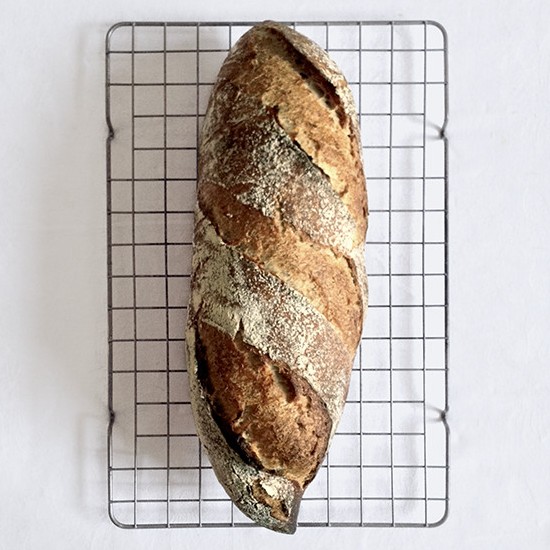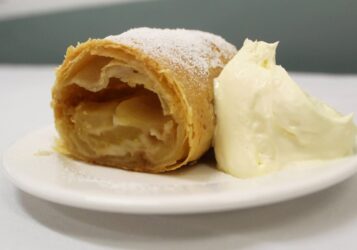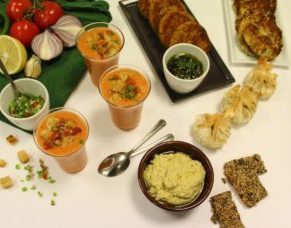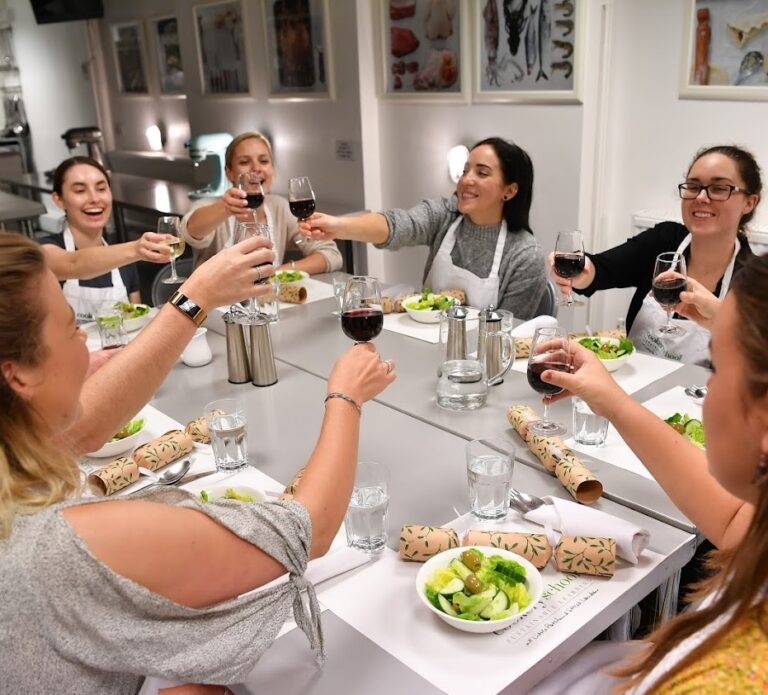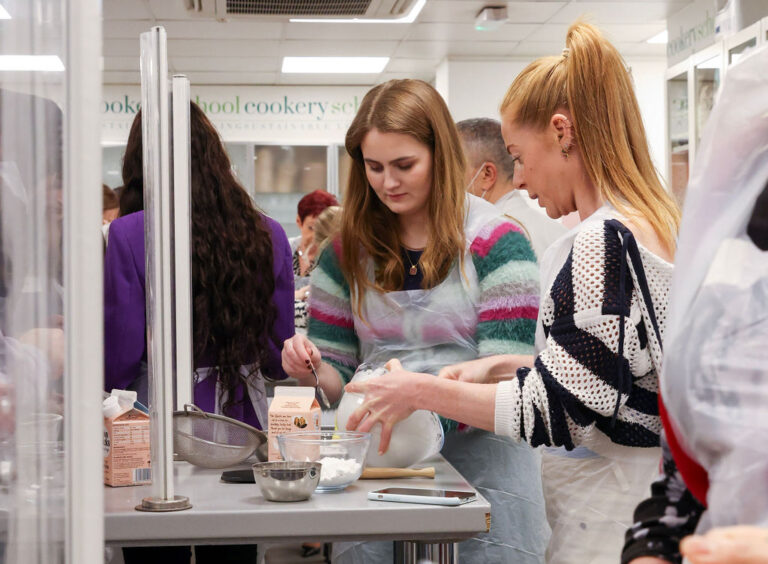An interview with Dan Lepard

Dan Lepard is one of the world’s most respected authorities on baking and we are fortunate enough to have him teach our sourdough classes here at Cookery School.
Aside from teaching, Dan is also an award-winning food writer and photographer and was a judge on The Great Australian Bake Off, series 1.
We asked him a few questions…
Q:What is it about baking, and bread in particular, that really resonates with you?
Baking resonates with me perhaps because of way you combine relatively simple but varied basic ingredients into superbly coherent food: much like the way a band or an orchestra produces a single melody from individual notes and varied instruments. In breadmaking the results — from even more humble ingredients — can be astounding. Well, that’s the aim!
Q: Do you remember the first loaf you made? How did it turn out?
Yes, I remember my first loaf sweetly because I was so relieved that it rose, baked, and cooled to something I could eat with pleasure. But with age comes expectation: the same can be said for the effect the internet and images have had on all of us. We now expect our first attempts to be breathtaking so that sets the standards very high. If I could whisk that loaf from the past onto the table here today I probably wouldn’t be so impressed. But back then it was the spark that got me going.
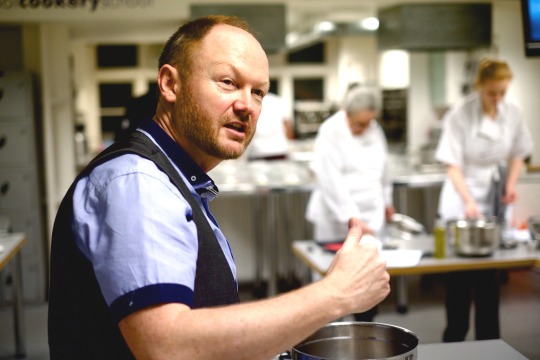
Q: Why do you think that sourdough has had such a resurgence in the past few
years?
The sourdough loaf encapsulates so many of our desires for good practice in the kitchen. You make the leavening by creating a sourdough with little more than wholegrain flour and water; the loaf itself is no more than flour, water and salt, so nothing extraneous; the mixture process is always done in a way that truly considers the characteristics of the ingredients; and the baking results in a food that can be eaten for days afterwards. And at its best it tastes superb.
Q: How did it feel when you realised you didn’t need to knead bread for a long
time in order to produce a good loaf?
At first I felt very guilty about not kneading bread. It was back in 1991, I was a junior pastry chef at a restaurant called Alastair Little and my work was stretched over two floors: the ice cream and pasta making was in a cellar, and the dough making and desserts were done upstairs. So I’d mix the dough, run downstairs and scrape around the inside of the ice cream machine, then back upstairs to give the dough a quick knead, then downstairs and so on. Utterly out of necessity, and thankful I didn’t break a leg running up and down the stairs. But the result was excellent. I used to rub my hands and the work-surface to stop the dough sticking, as this also meant it was easier to clean up between jobs. Today, nearly 25 years later, it’s still the way I make bread.
Q: What do you enjoy about teaching people to bake?
I enjoy helping people understand how good science joins the steps together in a way that makes sense and makes life easier when baking. So people leave the Cookery School classes with a clear idea of what’s helpful, what’s no help, what’s nonsense, and what’s useful to their particular situation at home or work (we do get many chefs and bakers coming in to see how they can improve their breadmaking). So you can feel confident you will leave our class a much better baker with a strong understanding of what occurs from the flour to the final sourdough loaf.
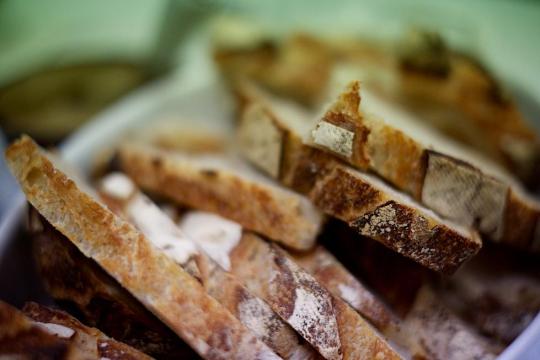
If you’d like to join one of Dan’s Sourdough classes, check out his next class dates here.
Category
We Love
